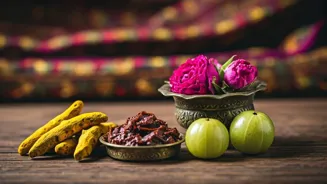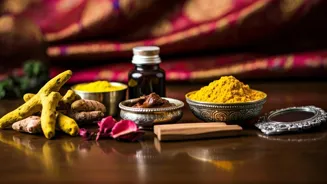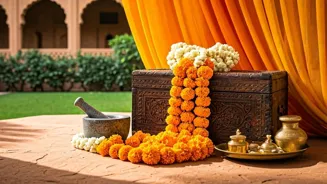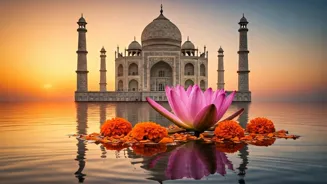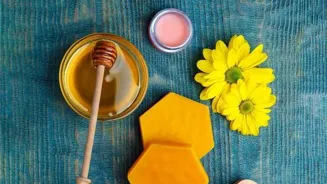Unravel the Intriguing History of Skincare: From Ancient Rituals to Modern Influences. Explore 5 Captivating Facts!
Namaste readers! In today's fast-paced life, we are all so busy chasing dreams and deadlines
that we often forget the simple joys. One such simple joy is taking care of our skin. But have you ever wondered where this tradition comes from?
The story of skincare is longer and richer than you might imagine! So, let's dive into the fascinating world of skincare history and uncover some mind-blowing facts. Get ready to be surprised!
Ancient Egyptians: Masters of Beauty
When we talk about the history of skincare, we cannot miss the Egyptians, they were truly ahead of their time. They used kohl (made from ground galena) as eyeliner to protect their eyes from the sun and dust. Think of it like the original sunscreen!
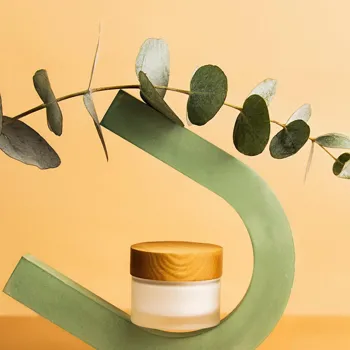
Both men and women were known to adorn themselves with makeup and fragrances, and they dedicated considerable time to grooming rituals. Also, honey and milk were regularly used in skincare for their moisturizing properties. Not only this, aloe vera was also used to soothe the skin.
These ancient practices show their deep understanding of natural resources.
The iconic and dramatic eyeliner that we still see in the movies today was a staple in their daily lives, not just for aesthetics but also for protection against the harsh desert sun.
They understood the damaging effects of UVA and UVB rays much before we did. Cleansing was also very important to them. They would scrub their skin with salt scrubs to remove the impurities. This is how they mastered the art of preservation of the skin, and this knowledge was passed down.
No wonder they are still an inspiration. Their legacy continues to influence the beauty industry of today!
The Indian Ayurvedic Route:
Ayurveda, the ancient Indian system of medicine, offers a treasure trove of skincare secrets. Turmeric which we commonly find in our kitchen is used as an antiseptic and brightening agent. Neem is used for its antibacterial properties to treat skin ailments.
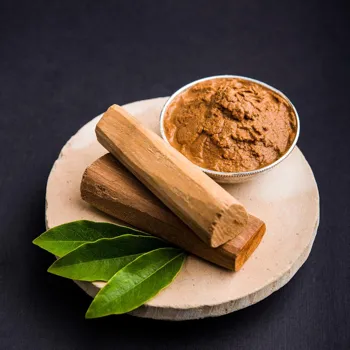
Sandalwood is used for cooling and soothing to treat sunburn. For centuries, Indians have harnessed the power of these natural ingredients for healthy, glowing skin. Ayurvedic beauty rituals aren’t just about looking good; it's about holistic well-being, mind, and body.
These rituals emphasize the connection of inner and outer beauty, proving beauty rituals are more than just external applications.
Ayurveda is not just limited to applying creams and pastes, but includes diet, lifestyle and mental wellness.
Eating nutritious foods is important in maintaining skin health. Meditation and yoga are also important for stress management which can also take a toll on your skin. This holistic approach towards skincare is what made and still makes it so popular.
The principles are based on balancing physical, mental and spiritual energies maintaining harmony for overall health and beauty. And with the increasing awareness of harmful chemicals in modern products, people are again leaning towards ayurveda.
Greek and Roman Bathing Rituals
The ancient Greeks and Romans believed in the power of bathing as both a social and health ritual. Public bathhouses were popular gathering places where they cleanse, exfoliate and socialize. Olive oil also played a significant role in their skincare routine.
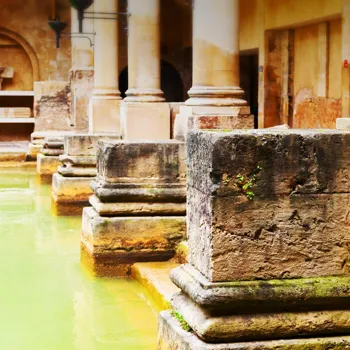
It served as a moisturizer, cleanser and even sunscreen. They would often infuse oils with herbs and flowers to create fragrant and therapeutic concoctions. Ancient Greeks valued balanced proportions and skin complexion was an important part of their perception of beauty.
Both men and women paid attention to enhancing their attributes using natural ingredients and techniques.
Greeks believed in the importance of maintaining hygiene for both health and beauty. Romans, on the other hand, were known for their elaborate public baths.
They would incorporate activities such as massages, exercise and even literary recitations. Both these cultures had a strong influence on bringing about skincare and wellness as an integral part of daily life. Also, different types of milk were used in baths and beauty routines.
This showed a deep understanding of milk's moisturizing and soothing benefits. Their practices laid the foundation for modern skincare and wellness rituals.
Medieval Times: Herbal Remedies
During the Medieval era in Europe, skincare practices focused around herbal remedies. Since the availability of advanced cosmetic formulations was scarce, people relied heavily on the knowledge of plants.
People used lavender for its soothing properties, rosewater for calming skin, and chamomile for reducing inflammation. The people would create tinctures, lotions and balms from these plants. They believed in the power of nature to heal and protect the skin.
Monasteries often acted as centres of learning with monks and nuns cultivating their herbal gardens. They carefully documented and preserved herbal remedies which passed down through generations.
These recipes often included instructions for everything from healing wounds to fading spots.
Their knowledge was often based on age-old traditions and observations passed down from their ancestors. Natural remedies were not limited to the privileged. Common people cultivated their herbal gardens to address basic skincare needs.
These simple yet effective treatments showcase resourcefulness and the connection to the earth. Even today, the popularity of herbal skincare is growing and people are rediscovering the potential for natural ingredients and remedies.
The Victorian Era: Emphasis on Pale Skin
The Victorian era in England saw a shift in skincare ideals. Pale skin was celebrated as a symbol of wealth and status. The wealthy people adopted methods to achieve and maintain pale complexion. They avoided direct sunlight, wore hats and gloves, and used skin-lightening potions.
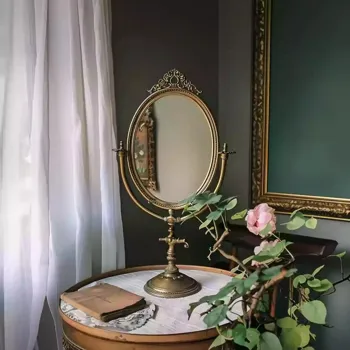
Ladies tried to achieve a look of delicate beauty. This was often obtained at the expense of skin health. Lemon juice and vinegar were used for their bleaching properties, despite their irritating nature. These ideals of the era favored appearance over health and safety.
Even though this seems extreme, keep in mind that the Victorian Era brought improvements in hygiene and sanitation. Soap production increased, and bathing became more common leading to better overall skin health.
Though the obsession about pale skin faded, focus on skincare continued to evolve giving rise to modern approaches we know today. This era serves as a reminder that beauty standards are often culturally constructed. It reflects social values and ideals of a particular time.
These ideals may not always align with overall health and well-being.
AI Generated Content. Glance/InMobi shall have no liability for the content

